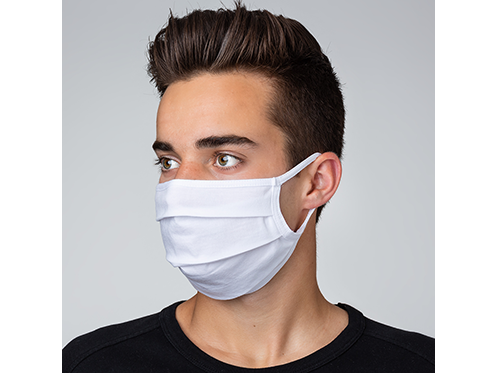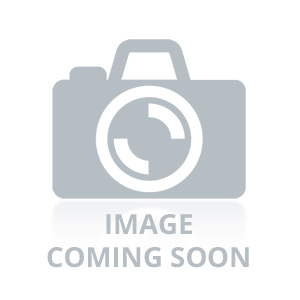Safety in every situation
Dear customer,
thank you for your interest in our mouth-nose-masks, which we can offer you thanks to our international procurement organization in conjunction with the corresponding quality assurance. Below you will find our product range in the field of mouth-nose-masks and disinfectants. For questions or orders, you can contact our consulting and ordering hotline at any time.
Do you have a question, need advice or would like to order? You are welcome to call us. We look forward to hearing from you.
Phone: +49 (0) 89/83 95-900
E-mail: info@keller-kalmbach.com

W6099800027_p

W6099800013

W1433400001
Instructions for the wearing of mouth-nose-coverings
According to the current state of knowledge, the wearing of mouth-nose-coverings, among other measures, can help to further stem the spread of the novel coronavirus SARS-CoV-2 - even when there are no signs of the disease. The corona virus SARS CoV-2, which triggers the disease COVID-19, is spread via the air we breathe when we speak, cough or sneeze. It is therefore obvious to wear a mouth-nose cover as a mechanical barrier or brake.
Mouth and nose covers & medical masks - what is the difference?
In addition to the often self-stitched community masks, there are medical protective masks, so-called surgical masks and filtering half masks, which originally came from the occupational safety sector.
As a mechanical barrier or brake for the transmission of breath droplets or saliva when breathing, coughing or sneezing, these masks are manufactured from commercially available materials in a wide variety of variations.
The mouth-nose-masks are optically similar to the medical oronasal protection mask \(surgical mask\) but cannot be used in the medical field. Ideally, test reports from certified institutes are available for these masks. The specified filter performance should be greater than 90%. They can prevent the spread of droplets from the wearer and are primarily intended to protect the person wearing them.
These masks are used in working areas where there are harmful substances in the air. The masks keep out pollutants and viruses. They are considered to be the subject of personal protective equipment within the scope of occupational health and safety. FFP1, FFP2 and FFP3 masks are available, depending on filter performance.
In summary, there are two areas of application for oronasal covers:
1. applications in everyday life (employees with personal contact and private users)
2. applications in the medical/nursing sector
On the recommendation of various federal ministries or institutes, masks for the medical/nursing sector should also only be used in medicine and nursing. They should not be used in everyday life. Further recommendations for the use of protective masks can be found at the Federal Institute for Occupational Safety and Health (BAuA).
Masks for everyday applications
Employees with personal contact and private users
Masks for medical/nursing applications
Masks for medical/nursing applications
Why are certificates so important?
Regardless of the company's concept of measures, according to the occupational safety standards of the Federal Ministry of Labour and Social Affairs, mouth and nose covers should be provided and worn in cases of doubt where the minimum distance cannot be safely maintained. The situation on the procurement market remains tense, and the risk of fraud is unfortunately very high. Often it concerns goods with false or missing certificates.









